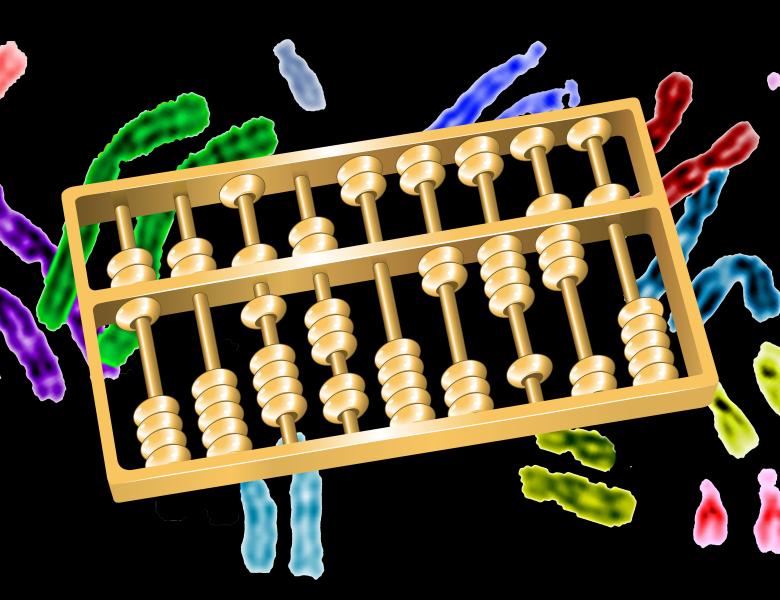Most biological characteristics of a cell arise from the complex interactions between its numerous constituents such as DNA, RNA, proteins and small molecules. Cells use signaling pathways and regulatory mechanisms to coordinate multiple functions, allowing them to respond to and acclimate to an ever-changing environment. For such complex biological systems, representation as a parameterized network and graph theoretical analysis of this network have led to many useful insights. In this talk, I will describe some recent and past works of mine and my collaborators in synthesizing, analyzing and simplifying biological networks that utilize non-trivial higher-order connectivity properties of these networks via pathway level information such as the following:
• I will describe efficient computational approaches for synthesizing and simplifying signal transduction networks.
• I will describe efficient computational approaches for measuring topological degeneracy and redundancy of biological networks and resulting biological conclusions one can draw from these measurements such as the role of currency metabolites in redundancy of metabolite networks.
• I will discuss how non-trivial higher-order connectivities of regulatory networks based on the topological structure of the geodesics can lead to useful biological insights such as knock-outs of up or down regulation of one node by another.
Biological implications and conclusions of our results will be illustrated on published biological networks such as the ABA-induced stomatal closure network (for A. thaliana), the C. elegans metabolic network and the T-cell large granular lymphocyte (T-LGL) survival signaling network.
